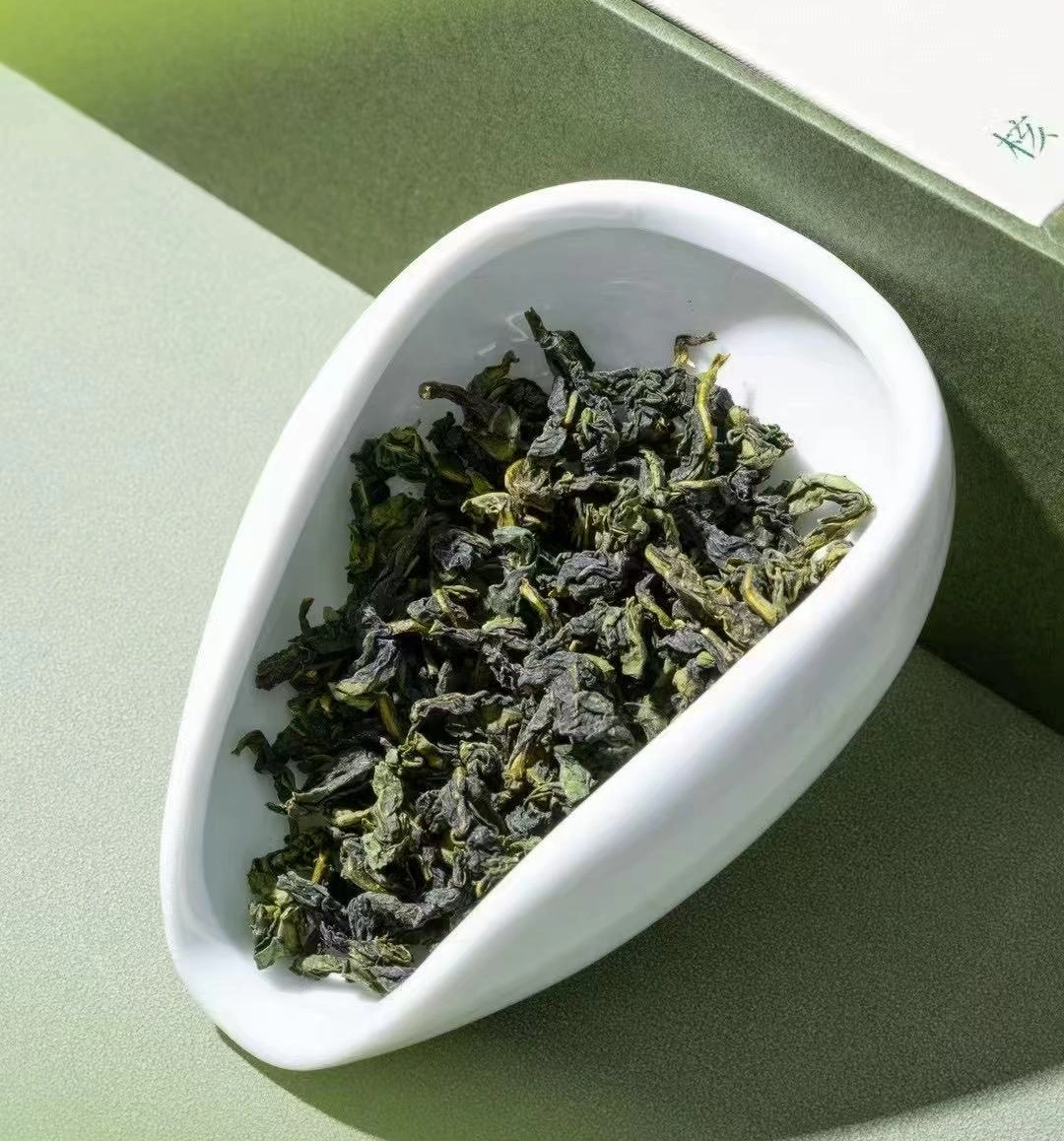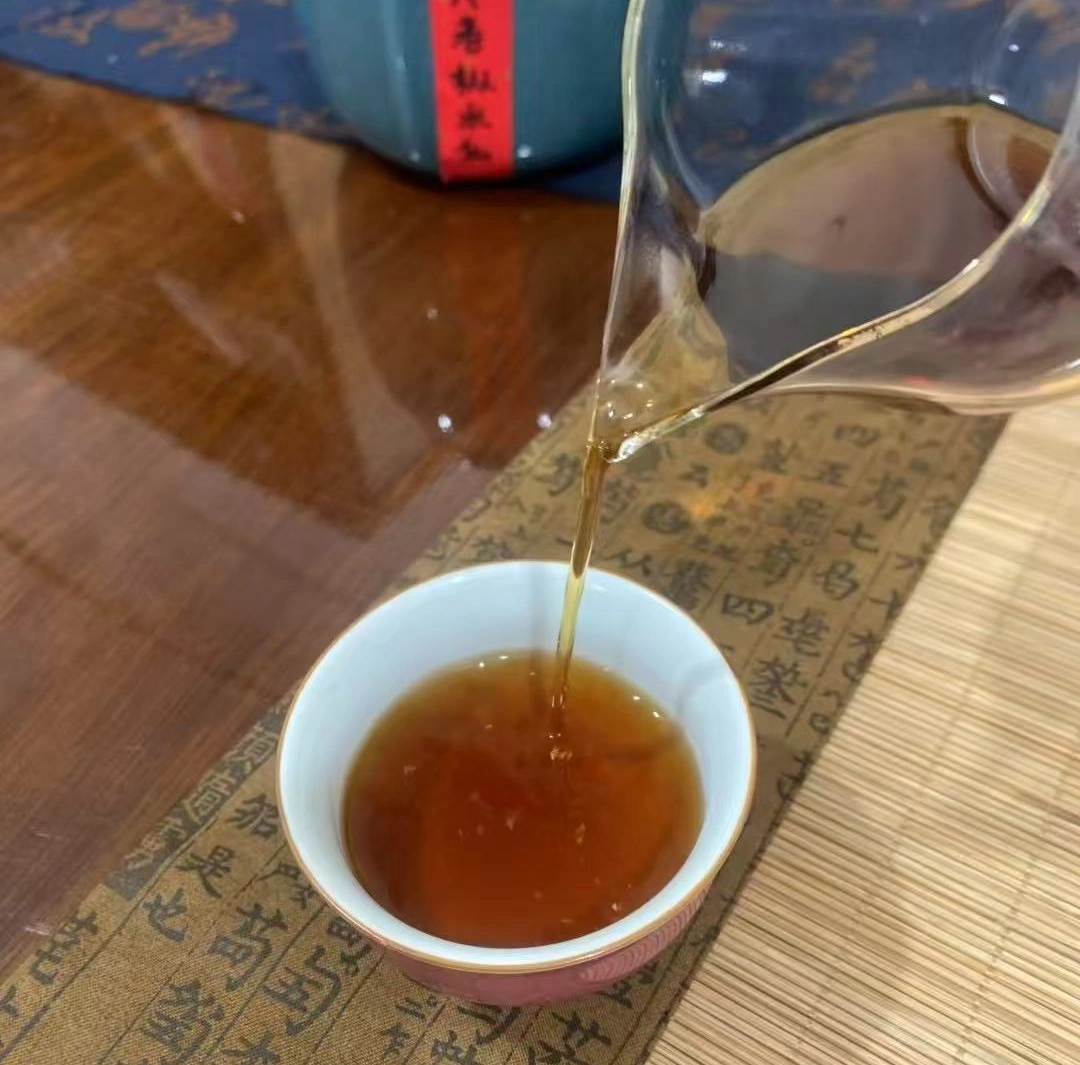There’s something profoundly alluring about the ritual of brewing a steaming cup of loose leaf oolong tea. As the fragrant leaves unfurl in hot water, releasing toasty, floral, and mineral notes, you’re not just preparing a beverage — you’re creating a moment. Unlike tea bags, loose leaf oolong tea is a celebration of tradition, flavor complexity, and well-being, offering a sensory escape from the mundane.
For centuries, oolong tea has enchanted tea lovers with its remarkable balance between green and black tea characteristics. And today, health-conscious individuals and flavor seekers across the world are turning to this semi-oxidized wonder for its delicious taste, natural energy boost, and wellness benefits.
In this article, we’ll take you on a journey through everything you need to know about loose leaf oolong tea: what it is, where it comes from, how to brew it for maximum flavor, and how it can fit seamlessly into your modern lifestyle.
What Is Loose Leaf Oolong Tea?
Loose leaf oolong tea is a semi-oxidized tea, meaning it falls between green and black tea in terms of oxidation, flavor, and caffeine level. What makes loose leaf oolong tea unique is the meticulous craftsmanship involved — leaves are withered, tossed, oxidized, rolled, and roasted to perfection.
Unlike crushed leaves in a tea bag, loose leaf tea preserves the full leaf shape, allowing for better infusion, richer flavor, and multiple steeps. Each sip can offer an evolving experience, with sweet, creamy, or roasted notes emerging as the leaves open up.

Origins & Varietals of Oolong
China and Taiwan are the sacred birthplaces of oolong, each producing distinct and deeply expressive teas.
Da Hong Pao Oolong Tea
One of the most legendary oolongs, Da Hong Pao oolong tea, is a Wuyi rock tea from China’s Fujian province. Grown in rocky, mineral-rich soil, this tea is bold, smoky, and revered — once reserved for emperors. Its “rock rhyme” is unforgettable.
Wuyi Rock Oolong Tea
Also hailing from Fujian, Wuyi rock oolong tea delivers earthy, roasted flavors with subtle fruity undertones. These teas, often referred to as yancha, are known for their depth and complexity, thanks to the rocky terroir.
Other Famous Oolongs
- Tie Guan Yin: Floral and buttery, hailing from Anxi, China
- Taiwanese High Mountain Oolongs: Grown at altitude, offering creamy texture and alpine freshness
Health Benefits of Loose Leaf Oolong Tea
Drinking loose leaf oolong tea isn’t just a pleasure—it’s a boost to your health.
Antioxidant Power & Heart Health
Oolong tea is rich in polyphenols that help fight free radicals, reduce inflammation, and promote cardiovascular health. Regular consumption has been linked to better blood pressure and cholesterol balance.
Metabolism & Weight Management
Thanks to its gentle caffeine and catechin content, loose leaf oolong tea can aid in fat oxidation and boost metabolism — making it a natural complement to weight management goals.
Mental Focus & Stress Relief
Oolong contains L-theanine, an amino acid known to promote relaxation without drowsiness. Combined with caffeine, it creates a calm alertness, perfect for productivity and mental clarity.
How to Choose High-Quality Loose Leaf Oolong Tea
The world of oolong is vast, so knowing how to select the best leaves matters.
- Look for whole, twisted or rolled leaves with minimal dust or stems.
- Smell the dry leaves — they should carry a fresh, floral, or roasted aroma.
- Source from trusted vendors that specialize in artisan or single-origin teas.
- Store your tea in airtight containers, away from light, heat, and moisture.
Organic certifications or mountain-specific harvests can also be indicators of quality.
Brewing Loose Leaf Oolong Tea for Maximum Flavor
This is where the magic happens. Brewing oolong is a gentle art form that allows the tea to shine.
Water Temperature & Steeping Times
Use water between (95°C–100°C), depending on the roast level. Lighter oolongs prefer cooler water, while roasted ones benefit from hotter water.
Steep for 1–2 minutes initially. Oolong leaves can be steeped 4–7 times, with each infusion revealing new dimensions.
Gongfu vs. Western-Style Brew
- Gongfu Style: Multiple short infusions in a small pot — intense and layered
- Western Style: One or two longer infusions — convenient and mellow
Re-steeping Tips
Don’t toss the leaves after one brew! Oolong’s soul unfolds over several steeps. Slightly increase the time with each brew.

Incorporating Loose Leaf Oolong Tea into Your Routine
Oolong isn’t just for tea aficionados — it fits effortlessly into daily life.
- Morning: Energize without the jitters of coffee
- After meals: Help digestion and cleanse the palate
- Afternoon: A fragrant way to fight fatigue and regain focus
- Iced or Cold Brew: Refreshing, crisp, and subtly sweet
Pair oolong with cheese, dark chocolate, or even grilled meats to discover surprising flavor harmony.
Common FAQs About Loose Leaf Oolong Tea
How many grams per cup?
Use 1–2 teaspoons (~3 grams) per 8 oz. of water.
Why does flavor change over multiple steeps?
Because loose leaf oolong tea leaves slowly unfurl, releasing different flavor compounds at each stage.
Can I drink it every day?
Yes! Oolong is safe for daily consumption and can even replace sugary drinks or coffee.
Conclusion: Embrace the Journey of Loose Leaf Oolong Tea
From its delicate aroma to its warming complexity, loose leaf oolong tea is more than a drink — it’s an experience, a mindful ritual, a healthful indulgence. Whether you’re drawn to the regal notes of Da Hong Pao or the mineral essence of Wuyi rock oolong tea, this ancient brew is your gateway to flavor, wellness, and calm focus.



